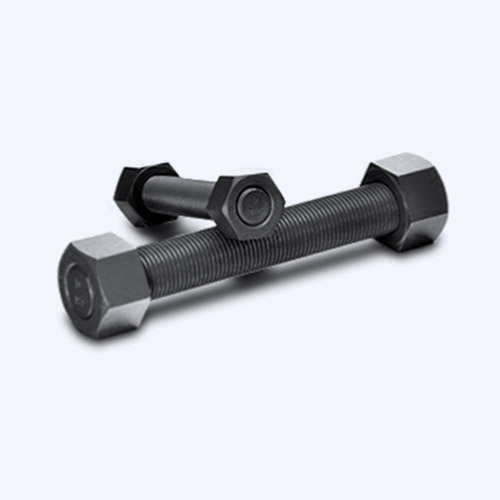Nov . 28, 2024 02:32 Back to list
Understanding the Applications and Benefits of Self-Drilling Rock Bolts in Construction
Self-Drilling Rock Bolts An Overview of Their Application and Benefits
In the realm of geotechnical engineering, self-drilling rock bolts have emerged as a pivotal solution for stabilizing rock formations and securing structures in a wide range of applications. These innovative devices facilitate the reinforcement of rock masses, providing effective support and ensuring safety in various geological conditions. Their design and functionality bridge the gap between traditional bolting techniques and modern engineering demands, making them an indispensable tool in mining, tunneling, and civil engineering projects.
Understanding Self-Drilling Rock Bolts
Self-drilling rock bolts are specialized anchors that incorporate the dual functionality of drilling and anchoring in a single operation. Unlike conventional rock bolts, which require a pre-drilled hole, self-drilling bolts are driven directly into the rock using a drill bit attached to the bolt itself. This feature dramatically reduces the time and labor required for installation, contributing to greater efficiency in construction and maintenance projects.
The bolt typically consists of a hollow steel shaft with an integrated drilling head, allowing it to penetrate hard rock formations. Once the desired depth is reached, a resin or grout material is injected through the hollow shaft to fill the annular space, providing a secure bond between the bolt and the surrounding rock. This ensures that the bolt is firmly anchored in place, enhancing stability and load-bearing capacity.
Advantages of Self-Drilling Rock Bolts
1. Time Efficiency One of the most significant benefits of self-drilling rock bolts is the reduction in installation time. By combining drilling and anchoring processes, projects can progress more swiftly, minimizing downtime and reducing overall project costs.
2. Versatility Self-drilling rock bolts can be employed in various geological conditions, from solid rock to less stable soil. Their adaptability makes them suitable for a range of applications, including slope stabilization, excavation support, and underground mining operations.
self drilling rock bolts

3. Cost-Effectiveness While the initial investment in self-drilling technology may be higher than traditional methods, the overall savings in labor, time, and material often result in a more cost-effective solution. Additionally, their rapid installation can help avoid project delays, which can be costly.
4. Improved Safety The stability provided by self-drilling rock bolts enhances safety for workers and equipment. By securing rock masses and preventing rockfalls or collapses, these bolts significantly lower the risk of accidents in construction and mining sites.
5. Load Transfer Mechanism These bolts facilitate an effective load transfer mechanism, allowing for the redistribution of stresses within the rock structure. This characteristic is crucial in maintaining the integrity of tunnels, slopes, and other excavated areas.
Applications Across Industries
Self-drilling rock bolts find applications across various industries. In the mining sector, they are essential for securing mine openings and shafts while managing the geological risks associated with subterranean operations. Similarly, in civil engineering, they are increasingly used in road construction, slope stabilization, and foundation support systems.
Moreover, the tunneling industry has greatly benefited from the adoption of self-drilling rock bolts, which are used for supporting tunnel walls and roofs, thereby preventing collapses and enhancing the overall safety of subterranean projects.
Conclusion
In conclusion, self-drilling rock bolts represent a significant advancement in geotechnical support systems. Their unique design, combined with dual functionality and efficiency, provides a robust solution for reinforcing rock formations in various applications. As the demand for safe and effective construction methods continues to rise, the use of self-drilling rock bolts is likely to expand, paving the way for more innovative engineering solutions in the future. With their ability to enhance safety and operational efficiency, self-drilling rock bolts are poised to play a crucial role in the ongoing evolution of geotechnical engineering practices.


